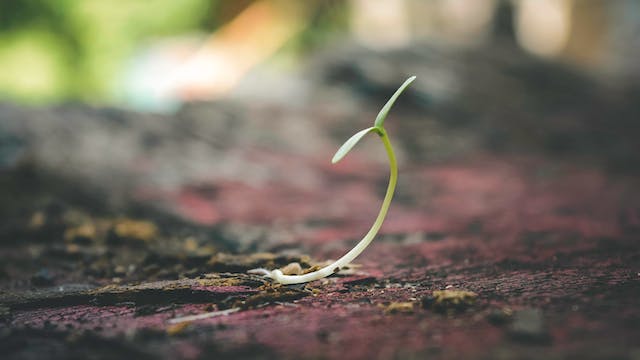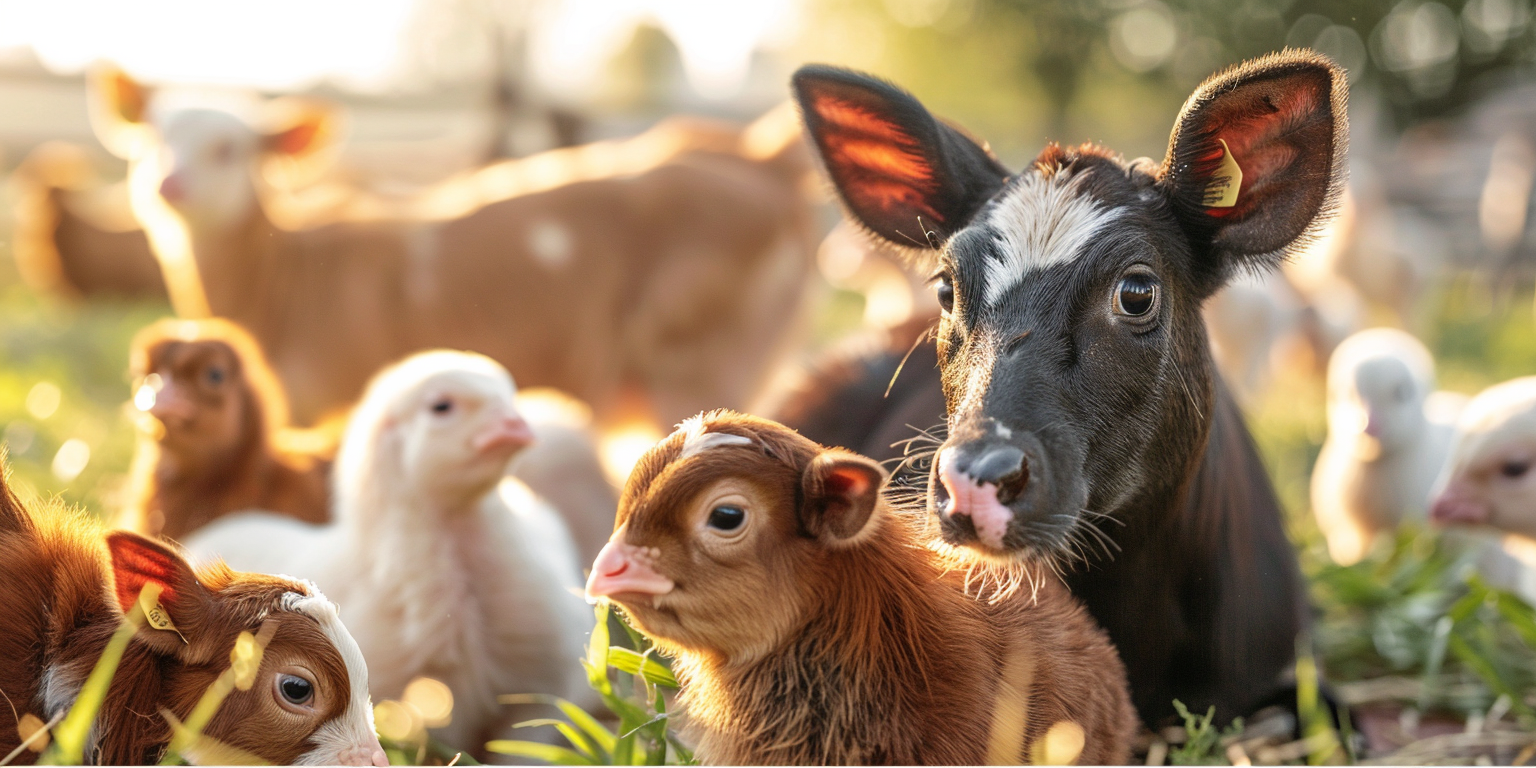What is a bean sprout
When a plant begins to grow from a seed or spore, water Is absorbed by the embryo which hydrates and begins cell expansion. This is called germination. After 2 weeks from germination under proper conditions, a sprout begins to grow.
Among the various kinds of beans, mung beans are the most used because of how fast they grow and with little maintenance.
This plant is a type of pulse, an edible seed, in the legume plant family. The plant has been used in Herbal supplementation for five thousand years in traditional medicine. They have minerals, vitamins, and enzymes.
Studies have shown that bean sprouts have many potential health benefits including:
- Lots of dietary fiber
- Living enzymes that boost the metabolic process
- High in iron, boosting red blood cell count
- Maintain cholesterol
- Packed with proteins, fiber, and minerals
Different kinds of bean sprouts
Beans are categorized as a type of plant species called legume. Other legumes are peas, peanuts, and lentils.
These beans typically grow in pods with more than one bean inside. The most commonly eaten bean sprouts are the Soybean and Mung beans.
Here are a few other types and how they taste.
- Alfalfa: some crunch with a mild fresh taste
- Chia: bitter and nutty
- Clover: similar flavor to lettuce
- Cress: a bit spicey
- Fenugreek: adds a deep curry flavor
- Leek: onion and garlic taste
- Fennel: very aromatic
- Red cabbage: adds color and spice
- Sunflower: juicy and crunchy
- Broccoli: spicy like radish
- Chickpea: taste like chickpeas
- Green pea: Fresh and crunchy
- Lentil: Nutty taste
Bean sprouts’ nutrition value
Mung beans grow big considering how tiny they are. Two tablespoons of the seed are enough to grow four cups of sprouts.
The beans contain mostly water (about 91%). Here is what the nutritional value of 1 cup of raw mung bean looks like:
Calories: 32
Fat: 0.188 grams (g)
Iron: 0.945 mg
Magnesium: 21.7 mg
Copper: 0.181 milligrams (mg)
Vitamin C: 13.8 mg
Sodium: 6.23 mg
Calcium: 13.4 mg
Fiber: 1.7 g
Protein: 3.15 g
Potassium: 153 mg
Of course, this is only the mung bean. Every variation of bean varies slightly, for example, lentils and soybeans contain more protein than mung beans while alfalfa has less fiber and sugar than mung beans.
How to cook bean sprouts
Cooked:
Cooked bean sprouts have been used in many culinary dishes, sauteed or stir-fried. You will find bean sprouts as an ingredient in Asian-style dishes. In restaurants, you will find sprouts inside spring rolls, meat pies and veggie dishes.
Raw:
Keeping this light, you can sprinkle a little on top of a salad, add it to a sandwich, or make it into a smoothie.
Broccoli sprouts and estrogen
Many plants have been documented to affect hormone balance including broccoli sprouts, based on its effects on how the body breaks down estrogen.
Estrogen is the sex hormone responsible for female characteristics. Just like testosterone for men, it is important to have a balance. Eating 1lb. of broccoli a day helps with estrogen metabolism, possibly stimulating estrogen-related cell growth producing a healthy post-menopausal in women.
Common Questions & Answers about Bean Sprout
1. Should I be worried about getting sick from eating bean sprouts?
While possible, the risk is low with proper precautions:
- Cook sprouts thoroughly before eating.
- Choose pre-cooked options like canned or frozen sprouts.
- Avoid raw sprouts if pregnant, elderly, or with a weakened immune system.
2. Could I be allergic to bean sprouts, even if I'm not allergic to the beans themselves?
Yes, it’s possible:
- If you have legumes allergies, avoid bean sprouts.
- Watch for allergy symptoms like hives, itching, or breathing difficulties.
- Consult a doctor if you suspect an allergy.
3. Do bean sprouts contain substances that block nutrient absorption?
Some anti-nutrients are present, but:
- Sprouting reduces anti-nutrient levels compared to dry beans.
- Soak and rinse sprouts further to minimize them.
- Eat bean sprouts in moderation for optimal nutrient absorption.
4. Are there specific types of bean sprouts higher in nitrates?
Yes, some like spinach sprouts:
- Choose mung bean sprouts, naturally lower in nitrates.
- Don’t rely solely on one type, limit excessive consumption of any.
5. How can I be sure the bean sprouts I buy are safe and hygienic?
Choose reputable vendors with good practices:
- Look for refrigerated sprouts with clear labeling on origin and production.
- Consider certified organic sprouts for stricter regulations.
Remember, responsible consumption and awareness let you enjoy bean sprout benefits while minimizing risks!



